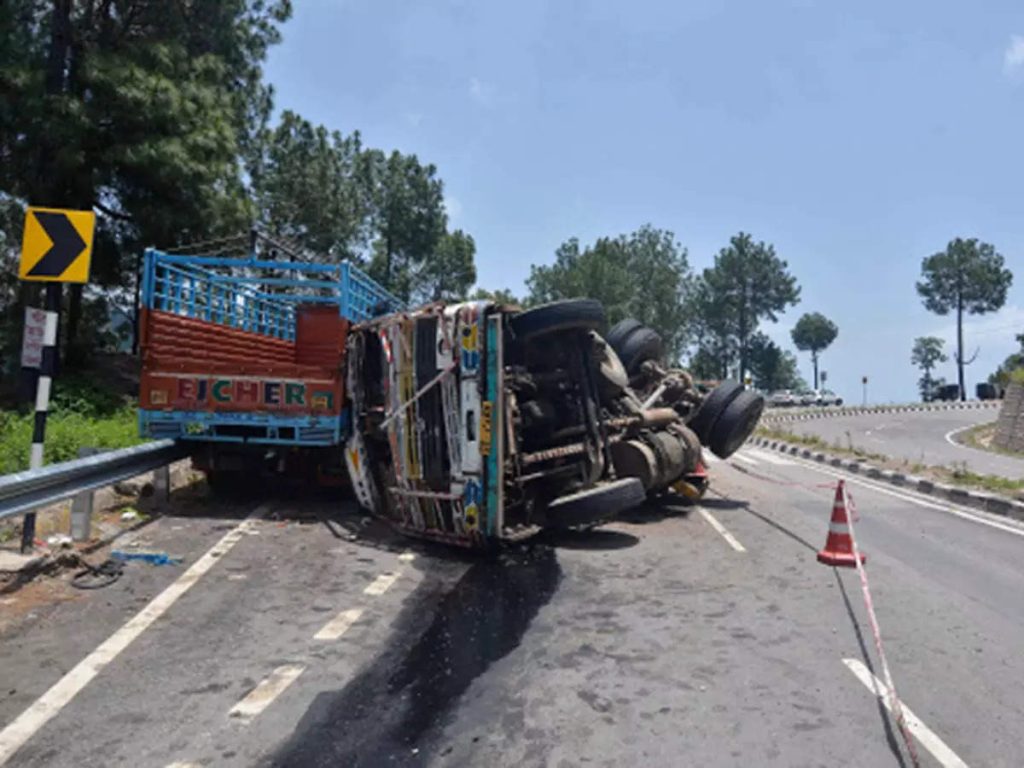Source: https://www.thedailystar.net/lifestyle/perspective/the-urgent-need-save-lives-1553776
The year 2017 saw a sharp rise in road fatalities in Bangladesh. At least 2,297 people were killed and 5,480 injured in road accidents in the first half of the year, according to the National Committee to Protect Shipping, Roads and Railways, an organisation campaigning for safety in the transportation sector.
Access to emergency medical services (EMS) would go a long way in reducing these fatalities and avoiding permanent disabilities resulting from injuries. A recent panel discussion on Access to Healthcare, Livelihood and Shelter took a critical look at this urgent issue during the two-day South Asia Regional Conference on Gender, Rights and Choices: Access to Justice in a Megacity, organised jointly by Bangladesh Legal Aid and Services Trust (BLAST) and the University of Dhaka, and supported by the Embassy of the Kingdom of Netherlands.
I was there as a panellist and talked about the importance of EMS and the various barriers to EMS access in Bangladesh. It’s important that barriers to emergency medical services are removed to help reduce road fatalities.
The first barrier is the failure to provide EMS within the Golden Hour, the hour immediately after a traumatic injury when medical treatment to prevent irreversible internal damage and optimise the chance of survival is most effective. A shameful paucity of ambulances and their poor structural and functional state mean little or no pre-hospital care for the victims along with an utter failure to transport them to a hospital in time.
Bystanders are ideally placed to take victims to hospitals within the Golden Hour. However, fear of police harassment and court appearance deters them from acting like a Good Samaritan. A survey by an NGO in India, SaveLIFE Foundation, revealed that 74 percent of bystanders in India are unlikely to assist a seriously injured person on the road; 88 percent of these bystanders cited legal hassles like police questioning and court appearances as a deterring factor while 77 percent of them said that lack of cooperation from hospitals is also a reason. While there is no publicly available record of any similar survey in Bangladesh, the situation here is unlikely to be different.
The second barrier surfaces when the victim, in dire need of EMS, reaches the nearest hospital and is unceremoniously turned down because either it is deemed a medico-legal case requiring prior reporting to the police authorities or because of the victim’s inability to pay for the services, or simply because there is no law that spells out in unequivocal terms the legal obligation on hospitals—public and private—to provide emergency medical services.
Once admitted, the victim faces the third barrier, that of inadequate infrastructure, manpower and equipment at the emergency departments of the hospitals. Indeed, most hospitals either do not have emergency departments or have them only in name, resulting in inevitable transfers to Dhaka Medical College Hospital, which is already overburdened. The transfer itself becomes an issue because of the poor state of ambulance services and non-cooperation from the hospitals, besides the horrifying road traffic scenario in Dhaka.
Drastic law and policy changes are required for EMS to evolve in Bangladesh. First and foremost, a law should be enacted making it mandatory for public and private hospitals to treat emergency patients irrespective of their financial ability and medico-legal issues. This must be followed by awareness raising campaigns to inform people of their right to EMS. The infrastructural and functional framework for EMS providers has to be clearly defined. This has been done in India through the Gujrat Emergency Medical Services Act, 2007, which is considered a watershed landmark in the development of EMS across the entire sub-continent.
Next, the dismal state of emergency departments of hospitals should be targeted by prescribing detailed criteria in relation to infrastructure, manpower and equipment which the departments must fulfil. Having an emergency department should be made a mandatory prerequisite to a licence for a hospital or clinic.
In addition, protection should be afforded to the Good Samaritans to encourage citizens to perform their civic duty of helping road accident victims free from the fear of police harassment and legal hassles. Guidance may be obtained from the 2016 decision of the Indian Supreme Court in Savelife Foundation & Anr vs Union of India & Anr in which guidelines were issued for protection of Good Samaritans.
For EMS to truly evolve in Bangladesh, we need countrywide activism and support to bring about law and policy changes, much like what we have seen in India, starting from the Gujrat EMS Act, 2007 to nationwide networking of trauma centres along its main highways to the National Ambulance Code, the Disaster Management Act, 2005 and legal protections for Good Samaritans.
A first step to establishing a legal framework for EMS in Bangladesh is already in progress in the form of public interest litigation, seeking guidelines from the High Court Division for operation and management of EMS in Bangladesh and protection of Good Samaritans. These guidelines will have the force of law until appropriate legislation is enacted. One sincerely hopes that this is the first of many steps in this area. It’s about time the state acted on its fundamental responsibility to provide for basic necessities of life including, among others, medical care as enshrined in the Constitution. To quote Abraham Lincoln, lest the significance of EMS be lost on us, “Next to creating a life, the finest thing a man can do is save one.”






